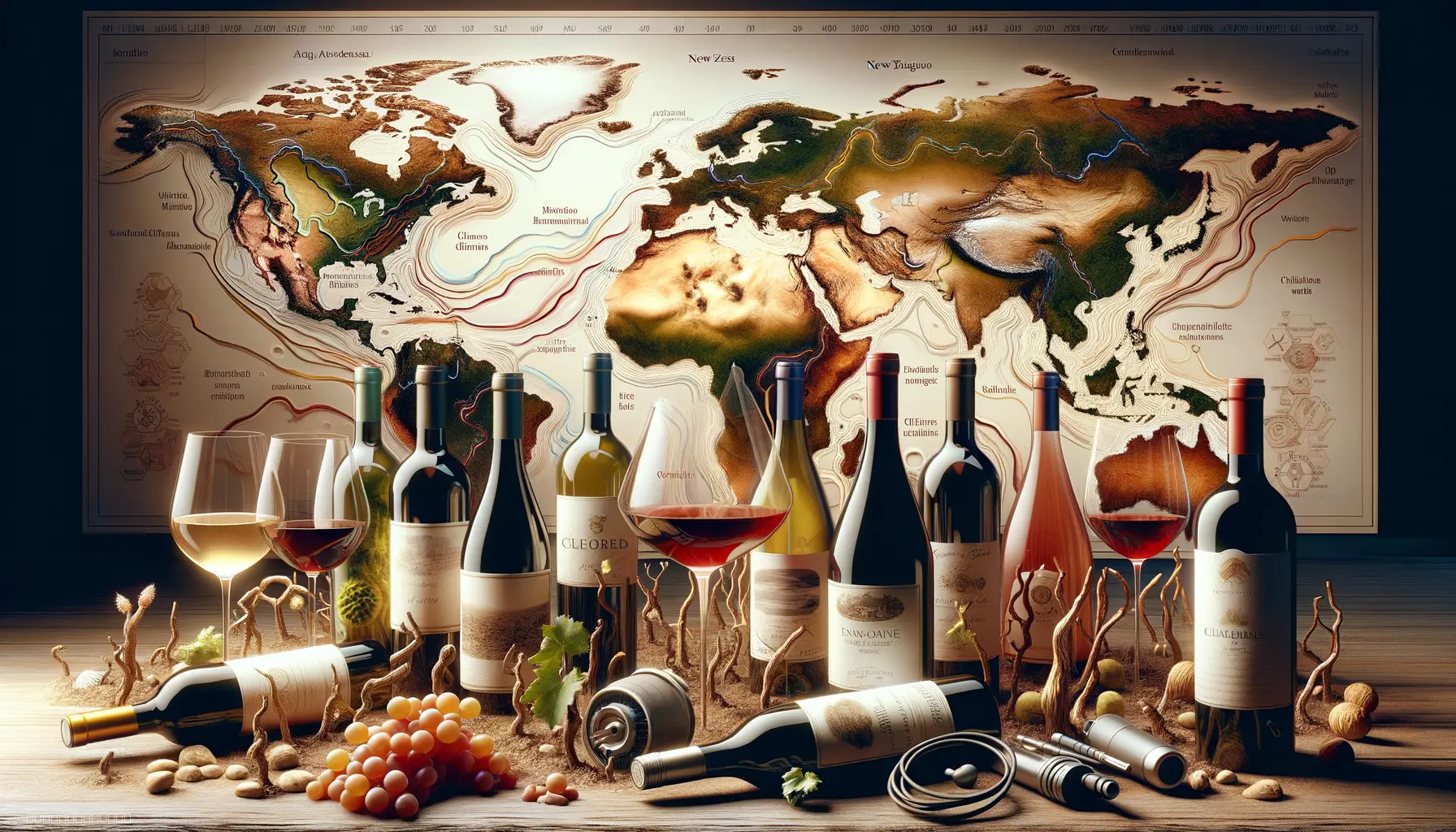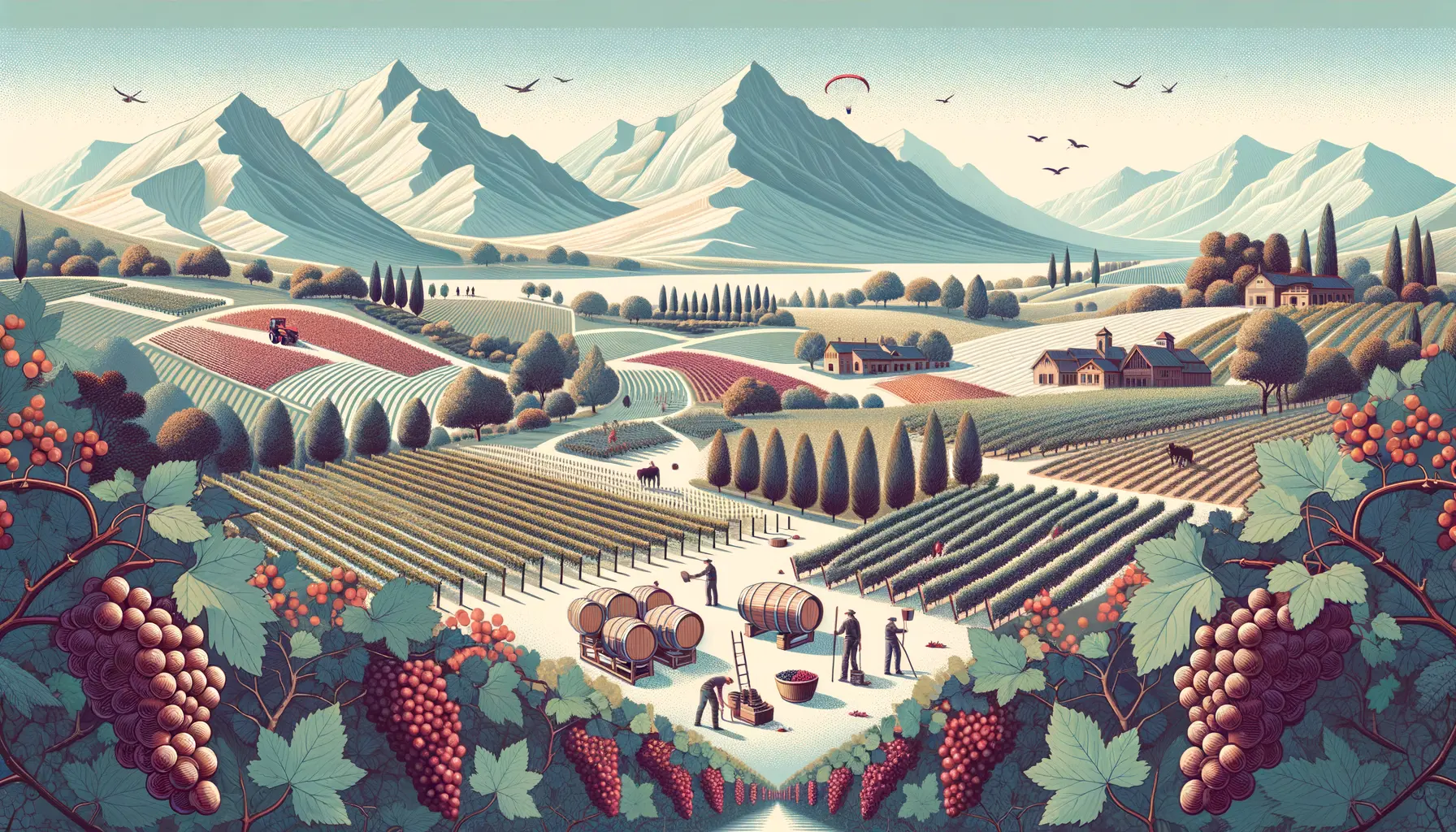
Vintage wine charts have long served collectors and connoisseurs as a guide to understanding which wines are reaching their peak and which ones have surpassed their prime. The traditional use of these charts as a quick reference tool is being challenged by unprecedented climate changes, leaving many to question their reliability in this evolving landscape. This exploration delves into the implications of climate chaos on wine vintage charts and how they can still be a valuable resource for enthusiasts.
The Impact of Climate Chaos on Wine Regions
Recent global climatic upheavals, characterized by extremes such as droughts, floods, and heatwaves, haven't spared any wine region. Australia, New Zealand, and even the Finger Lakes in New York have all experienced climatic anomalies affecting their vintages. For instance, South Australia has recently seen a mix of unfavorable and unexpectedly rewarding harvests. The 2021 vintage, initially underappreciated, has matured into something more elegant due to its unique climatic conditions during the growing season. This trend is observed across various regions where what once seemed like less favorable vintages have developed into remarkable cases of acidity and tannin structure, thus redefining collectors' perceptions.
Understanding Vintage Trends and Collecting Strategies
In light of such climate-induced variances, the approach to using vintage charts needs recalibration. While the historical perspective provided by vintage charts remains invaluable, collectors are advised to treat them as part of a broader research spectrum rather than a definitive guide. Analyzing trends over decades can highlight which regions consistently produce quality wines despite climate volatility. For example, Western Australia's Margaret River has proven resilient, maintaining high scores over 20 years. The shift encourages collectors to look for consistency and the region's adaptability to climate irregularity.
Adapting Predictions: The Future of Vintage Charts
Despite the environmental challenges, the wine industry is embracing advanced technology and sustainable practices, ensuring that quality wines are still produced even in years deemed tricky. Technological innovations, like subterranean irrigation and enhanced vineyard management, contribute to maintaining wine quality amidst climate chaos. Consequently, future vintage charts will likely incorporate more nuanced data reflecting these innovations and detailed context about varying conditions within regions, aiding collectors in making informed decisions.
Navigating the Vintage Chart in the Modern Era
For wine investors and enthusiasts, vintage charts remain a useful tool, albeit with a need for contextual understanding. It's essential to consider them alongside other resources such as winemaker insights and comparative regional studies. By doing so, one can gauge whether a particular vintage is worth immediate purchase or if it might benefit from further aging. Given the evolving wine landscape, expanding one's research will ensure a more rounded investment decision and appreciation of the complexities behind each bottle.
As the climate continues to transform winemaking frontiers, exploring the nuances of each vintage becomes even more critical. For those interested in securing their vineyard connections and investing in the future of wine, visit Quincy to discover a world of secure wine storage and provenance tracking solutions. Register today to embark on a journey of wine discovery and investment by leveraging cutting-edge blockchain technology.




